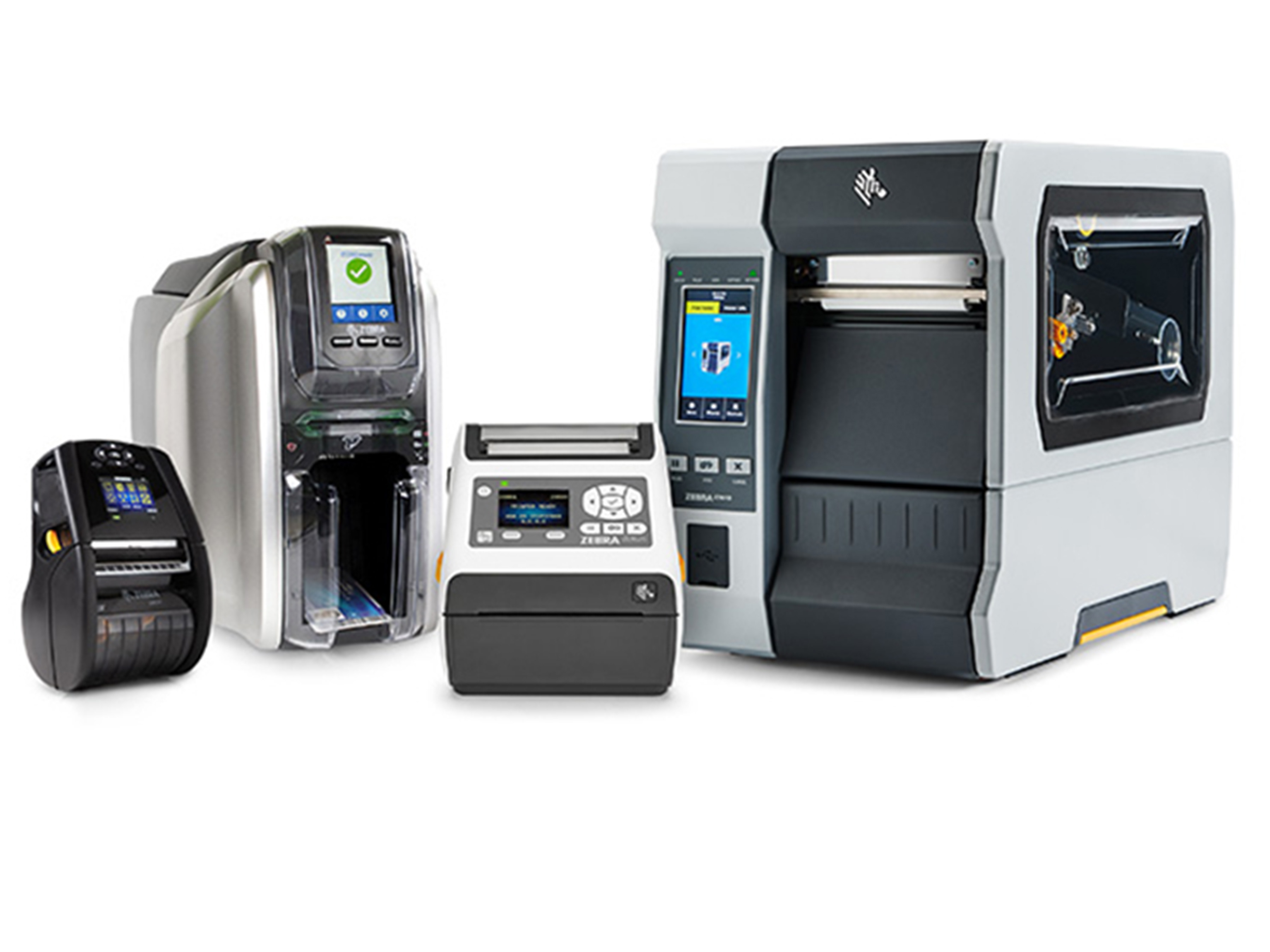Hi, has any one deployed multiple AP-5131s with mesh within the same subnet?If yes, how many AP-5131 BBs and CBs?I could find out the below, however I want to know this as the scalability, especially from STP point of view.
http://support.symbol.com/support/search.do?cmd=displayKC&docType=kc&ex…
Based on my recent deployment, 3xBB and 14CB were the maximum.If one more BB is added into the above, ping to AP-5131s became unstable.This seems to be due to STP calculation burden to AP-5131, meaning no root bridge at the wired switch side.(One of AP-5131 became the root bridge.)This issue could not be resolved, changing STP priority for AP-5131. (Root Bridge and Secondary)Only keeping the total number of AP-5131s with mesh configuration made the nework stable. If we have the wired switch which supports STP, can we expect more AP-5131 BB and CB?(Is this environment, AP-5131 CB is used like CB-3000, so more AP-5131 CB needed to be installed.)
Your experience and input would be greatly appreciated.
Best RegardsSato


4 Replies
Although it is not explicitly stated in the design limitations, the behavior you report seems normal when you consider the way spanning tree works. Spanning tree searches for the least cost path back to the root bridge and as a result, the max of 12 client bridges on a single AP will happen if there are 12 clients and 3 base bridges. The reason for this is that one of the base bridges will either be the root bridge, or more likely the designated root bridge. A designated root bridge is the device with the shortest path back to root and as a result, moving the root brodge back to the wired switch would force the base bridges to elect a designated root. When paths are equal in cost, the MAC address of the device is used to resolve the tie.
Hi Please let me clarify STP behavior of AP-5131. Only when Mesh is configured at AP-5131, STP is enabled. Based on my checking though STP stats, it seems to be correct. Currently 20 * AP-5131 will be used and some are configured as the mesh. 16 * AP-5131 is no mesh, 4 * AP has mesh configuration. (6 * AP-5131 on the hub-A , 5 * AP-5131 on the hub B, 5* AP-5131 on the hub C.) HUB-A ---BB5131-X ==(wireless) ===CB5131-X---HUB-B---BB5131-Y==(wireless)==CB5131-Y---HUB-C In this case, only 4 AP-5131 enabled STP. Please let me know if this is not correct.
Sato Some thoughts on this topic I would not be the subject matter expert on the wireless products, but I have a thorough understanding of spanning tree The purpose of spanning tree is to resolve loops. The method used is a combination of path costing and hop count. When you deploy multiple base bridges, either one of them will become the root bridge (either by setting the bridge priority or because it has the lowest MAC address of the 3) or it will become a designated root because the root bridge is somewhere else in the wired topology. A designated root is the lowest cost path back to the root. In either case, the client bridges will all attach to the same root or designated root. Since the max number of client bridges which can attach to a base bridge is 12, the scaleability would be 12(Client bridges) + x (base bridges). Since we specify a max of 3 base bridges, the max scalability would be 15AP's. It is my understanding that a client bridge can also be a base bridge (CB/BB). In this environment you could theoretically build a structure where there were tiers in the mesh. Once you built out the structure above with 12 clients and 3 base bridges, you could reconfig a one of the clients to be CB/BB. In this case an additional 12 clients could attach to that bridge. I suspect the second tier of clients would need to be out of reach of the original base bridges or there would be excess connections on the original base bridges and this would be somewhat difficult to insure It is necessary to be careful when building out multi tier structures because the IEEE also specifies the Max hop count between the furthest points on an ethernet network is 6 hops. IN todays networks, this rule is commonly broken without causing network problems. The hop count was designed to insure that there was not too much latency in the network for the network to work effectively. With the increase in switching speed, less latency is introduced and you can support more hops, but this is in violation of the standard and as a vendor we should not design networks which violate any of the IEEE guidelines
More info here: http://motopedia.mot.com/wiki/Mesh